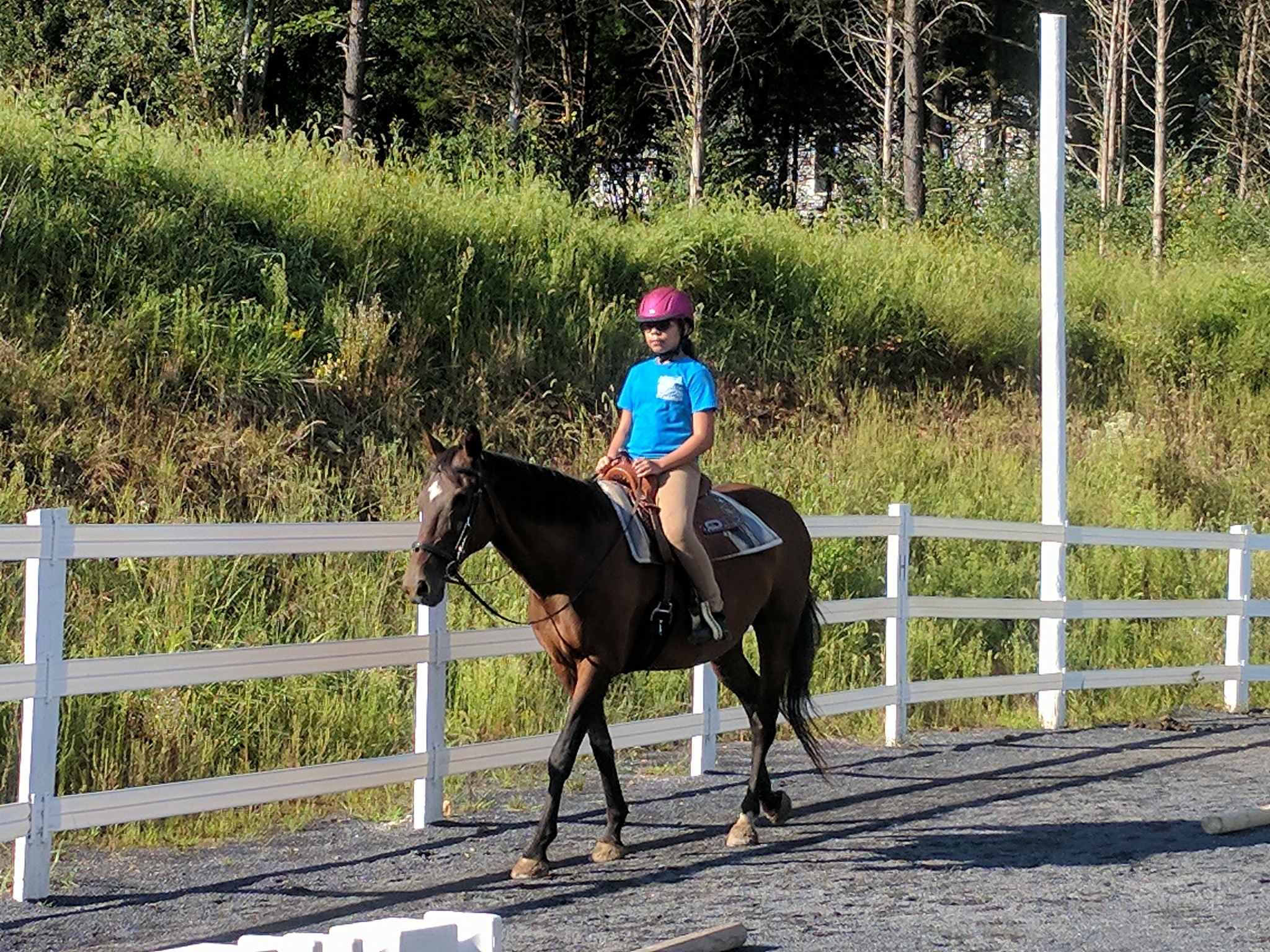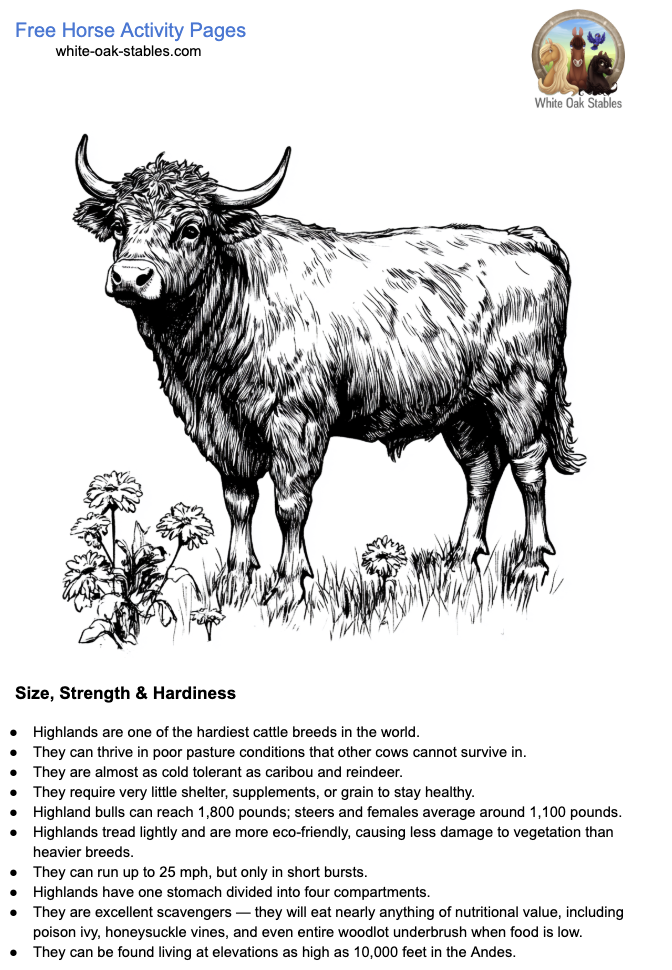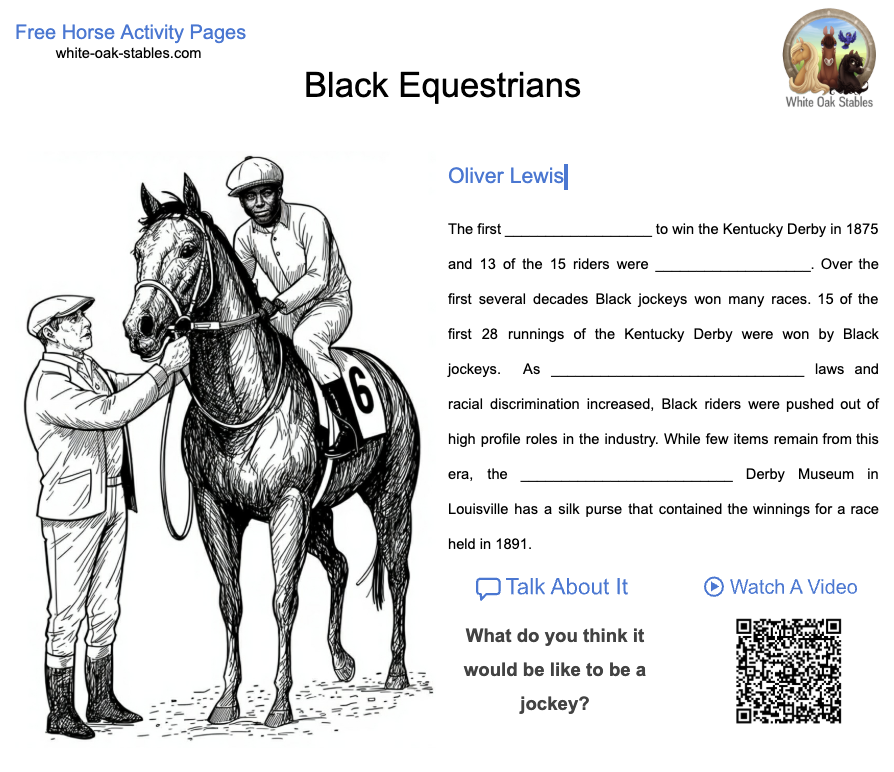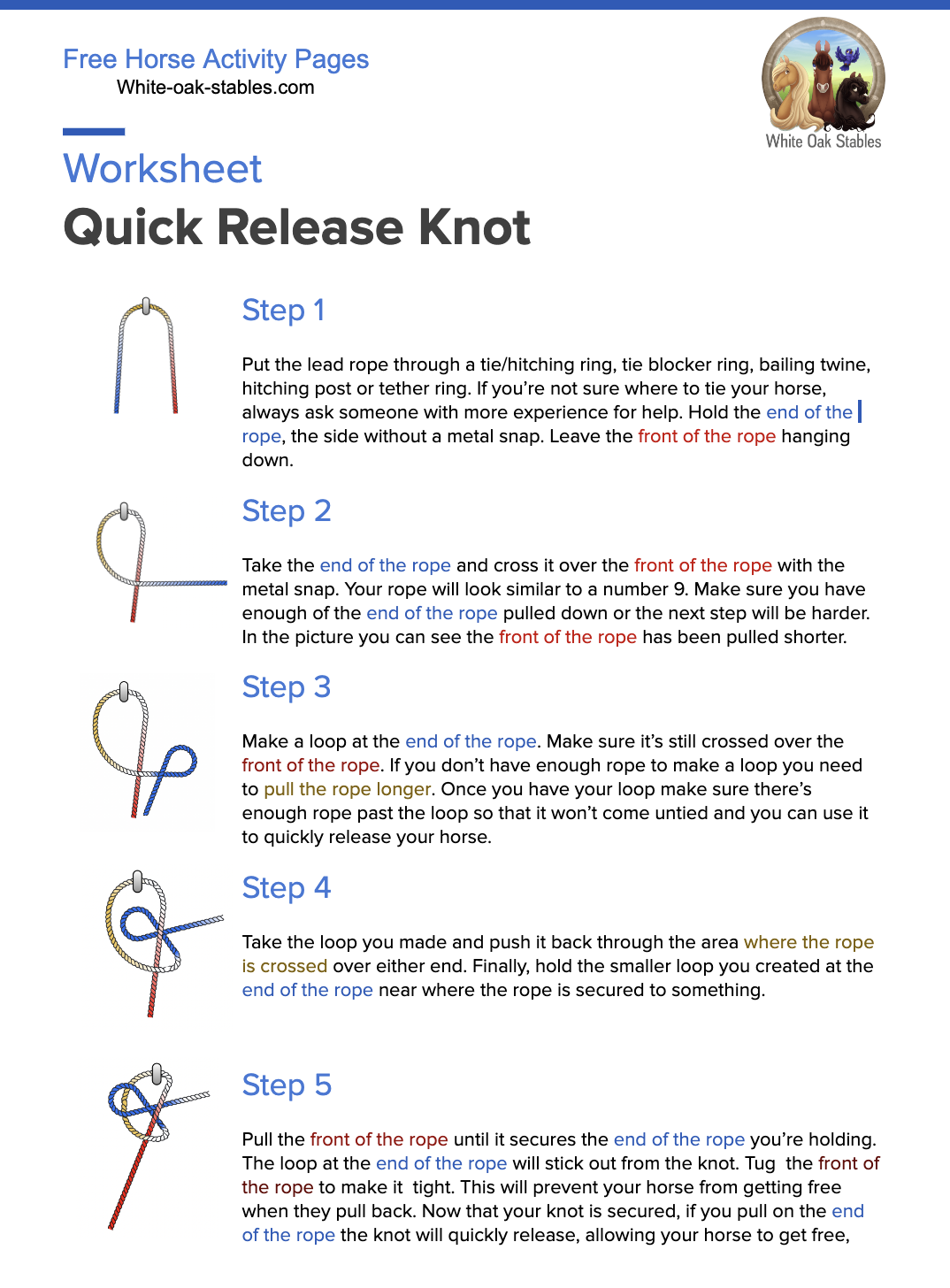Have you ever wondered why you struggled learning in your riding lessons with one riding instructor but not with another? Have you ever considered that your riding instructor might not be a good fit for you simply because they don’t teach to your learning style? Or, you may be asking as a riding instructor — what do you mean by learning styles?
One thing is for certain, all riding instructors are unique with their own strengths and weaknesses and have their own individual teaching methodologies. As a riding student it’s important to find an instructor that can fit your teaching style. As a riding instructor you can grow and strengthen your riding student client base by being able to teach a wider range of learning styles. Let’s delve in a bit more.
Learning Styles
There are seven different learning styles. If you can only teach to one or two as a riding instructor you are not properly supporting riders who require or best learn using one of the others. Imagine you were a first grade teacher and you only taught to children who learned best by hearing you speak and you never drew anything on the chalkboard. This would severely stunt the learning potential for the students who learn best by seeing something written down. Generally, teachers today teach for multiple learning styles to make the lesson as effective as possible. Your riding instructor should be no different.
Visual/Spatial Learners
This type of rider needs to see and observe what you are trying to teach. Pictures and diagrams or looking at the instructor or another rider are how they learn best. They often like to draw and doodle. For these students, you must show them what you are describing.
For instance, I will often stand in the center of the arena and position my body in the manner that I want their body. I will tell them to look at another rider and copy what they see. I will print out worksheets or send them home with books containing pictures to read and review. I will draw up diagrams of the dressage pattern on a whiteboard. These riders have to SEE to learn.
Aural/Auditory Learners
This is how 100% of riding instructors teach by default so if you are a riding instructor you are already teaching in this style! If you have a student that is an auditory learner they are typically good listeners and learn best by typical and traditional spoken riding instruction. They typically have an affinity for music and playing instruments and like singing. They will appear to have a naturally good rhythm.
For instance, commands like walk, halt, trot, use your right hand/left hand, put your shoulders back, push your heels down, using cues to teach them when to post up and down — all of these things work well for these learners. I will often give these riders audio or video clips to listen to. These riders have to HEAR to learn.
Verbal/Linguistic Learners
A verbal rider loves to use words in writing and speaking. They tend to have a large voocabulary and will often spend a lot of time reading and writing. They excel at speaking and debating and journalism.
One of the best way to encourage these kinds of learners is to engage them in conversation. The topic should be relevant to the lesson you are teaching and appropriate for the social and emotional level of the rider. For instance, you might ask a young student to talk about how it feels to have the horse take a step. For an older rider you could discuss how many beats are in a walk or how they can tell which hoof is on the ground and when. These riders need to TALK to learn.
Physical/Kinesthetic Learners
Whether it’s using their legs or their hands or any other part of their body, these riders are all about moving and a sense of touch. Physical activities and sports typically play a large part of their lives and they need to be hands-on and to tinker. They require doing something as a part of their learning.
Ask your riders to touch something other than their reins, their head, their shoulder, their toe, their horse’s head, their horse’s butt. Additionally, go up to these riders and physically move a part of their body that they need to change or correct. Adjust the position and rotation of their leg, turn their hands so they are in the proper position. Have them experiment! What happens when you do this, or when you do that? Which one is easier or feels better? These riders need to MOVE and TOUCH to learn.
Logical/Mathematical Learners
This type or rider needs logic and reasoning and numbers involved and they will immediately excel. They like to think and solve complex problems and employ strategies in a scientific way. Computer science, mathematics and programming are typically their areas of interest.
This is an extremely interesting and fun learning type. Ask your riders to reflect and think critically about what you are teaching or what you have just taught them. Question, question, question! How many beats in a canter? Which leg will move your horse towards the rail when you’re tracking left? These riders need to REASON and THINK to learn.
Social/Interpersonal Learners
These riders do best learning in groups and socializing with others. Riders with this learning style love to collaborate with others, brainstorm ideas and discuss concepts. They are generally thoughtful, understanding and a good listener.
If you are teaching group lessons you are already partially supporting this learning style. Give you students a problem and have them get together and think of an answer, give them time to socialize, and have them collaborate. For instance, give them a team game or have them do a pairs ride or don’t drop the rope (each rider holds the end of a lead rope). These riders need to SOCIALIZE and COLLABORATE to learn.
Solitary/Intrapersonal Learners
These riders will prefer to self-reflect and self-study and ride alone. They are extremely aware and in-tune with their own thoughts and feelings and independent. They like to be away from the crowd and prefer a quiet place to focus on the lesson at hand.
If you offer private lessons you are already partially supporting this learning style. In addition, these riders should be given thought and feeling provoking lessons that they can go off and work on independently. Lessons with these riders should be highly focused and done in relative privacy from on-lookers. Additionally, give the rider time to work out an exercise on their own with supervision but without interruption unless necessary to help them find the answer. Offer these students “free-ride” days, where they can ride their lesson as they like and just supervise for safety. These riders need SOLITUDE and INDEPENDENCE to learn.
Do You Teach To All Learning Styles?
This is a rather personal question and I don’t have an answer for you. However I will offer this, as an instructor you will have areas of strengths and weaknesses in your teaching styles. Making those known up front can help both you and your students find an instructor that is the BEST fit for them. Not every instructor will work for every student, just as not every horse will work for every rider.
The more teaching styles you can accommodate the larger and more successful a clientele you will attract. How do you do that you ask? You must combine all of the teaching styles you have decided to teach into a single lesson format, or tailor each individual lesson for the learning styles of the students in that lesson. That means having a much larger array of lesson plans and exercises and ideas up your sleeve when you get an interesting (or challenging) mix of learning styles in the same lesson.
How Do You Combine Learning Styles?
This takes a bit of finesse and repetition. Decide to start your warm up in one learning style, do your main exercise in another learning style, then end with a cool down in a final learning style. Or perhaps you can have fun and mix all of them up depending on the problems your riders are having. Take an existing lesson plan and modify it for each type of learning style. Do a visual demonstration while you talk about what you are doing visually — ask a question about why you would move that part of your body in that way — have a discussion on which way is most effective or most ineffective. Go up to the student who cannot keep her heels down and re-position her foot the way you want it to be. Your own personality and the horses and students you have in a lesson will determine how it is best for you to combine these learning styles to be as effective as possible.
Struggling With Teaching Methodologies?
Coming up with ideas or figuring out how to change your lesson for different teaching styles can be difficult when you run a farm and a riding lesson program and there just aren’t enough hours in the day. Let us take some of the challenge out of it for you by providing some FREE helpful resources for riding instructors.
- Riding Instructor: Student Learning Style Evaluation
- Riding Instructor: Lesson Planner
- Riding Instructor: Lesson Planner For Learning Styles
Here are some resources you can have your students do for you instead:
- Rider Student: Learning Style Evaluation
- Rider Student: Lesson Plan Evaluation
Supplemental riding instructor teaching resources that have been specifically designed for visual, logical and solitary learners.




